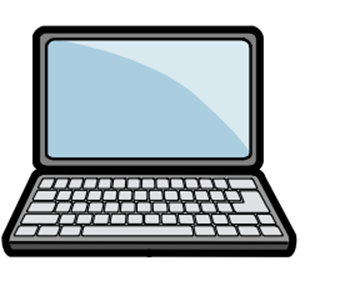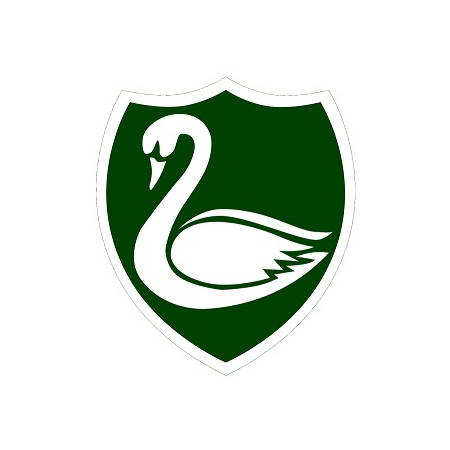Computing
Computing

At Godstone Primary and Nursery School, we use Teach Computing to support with the teaching of computing and Project Evolve to support with the teaching of online safety. The structure of the curriculum ensures for progression as the children move through their primary education. We want to instil in the children their understanding of the importance of computing, and online safety, as they become increasingly digitally literate. As active participants in a digital world, we encourage the children to use digital technology appropriately.
Intent (what we aim for)
- To give all children a broad, balanced and ambitious curriculum with opportunities to gain knowledge and develop skills to equip them for an ever-changing digital world.
- To ensure that all children become responsible, competent, confident and creative users of information and communication technology through the progression of skills in digital literacy (effective use of information and communication technology) computer science and information technology.
- To regularly revisit skills across a range of themes to ensure that substantive and disciplinary knowledge is embedded and that skills are successfully developed.
- To ensure for confident, and appropriate, use of computational language and vocabulary.
- To ensure that all children develop as respectful, responsible and confident users of technology and that they have effective strategies to keep themselves and others safe online.
Implementation (how we teach it)
- Teach Computing, on behalf of the National Centre for Computing Education, is used to teach computing and drive a high-quality computing education. Teaching units are taught in six half-termly units (Years 1-6). Children in EYFS have access to a wide and varied selection of computing resources, delivered through both teacher-led activities and continuous provision.
- Online safety is taught using the resources from Project Evolve, which links closely to the key strands of online safety that are highlighted in Education for a Connected World.
- The computing curriculum map highlights how units build on previous learning and cover each of the computing strands (algorithms, computing systems, data and information, creating media, design and development, effective use of tools, impact of technology, networks, programming, safety and security) both within and across each year group.
- Computing supports other subjects across the school curriculum, including, but not limited to mathematics, science and PSHE.
- Key subject-specific vocabulary identified for each unit and evident on individual lesson plans.
- Retrieval practice strategies used to reinforce prior learning within and across units and years.
- Video clips, audio clips, presentations, images, discussions, readings and tutorials are teaching and learning styles that are used in computing lessons to meet the needs of all children.
Impact (how we measure success)
- Accurate and clear assessment for computing, based on formative and summative assessments, which is recorded termly on the school’s assessment system.
- A lifelong love of learning evident within computing for all children.
- For all children to make good and sustained progress and attainment in computing.
- Improvement in pupil’s use and understanding of subject specific computing vocabulary.
- High profile of online safety from Nursery to Year Six.
- Developed pedagogy (teaching) and subject knowledge of teachers through the provided planning, resources and CPD.
